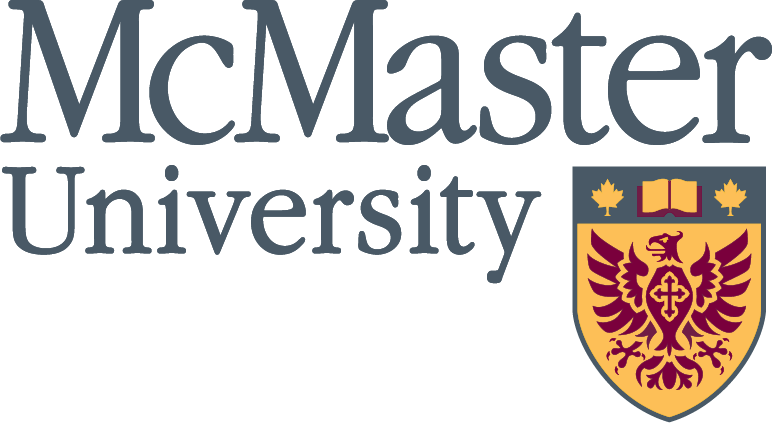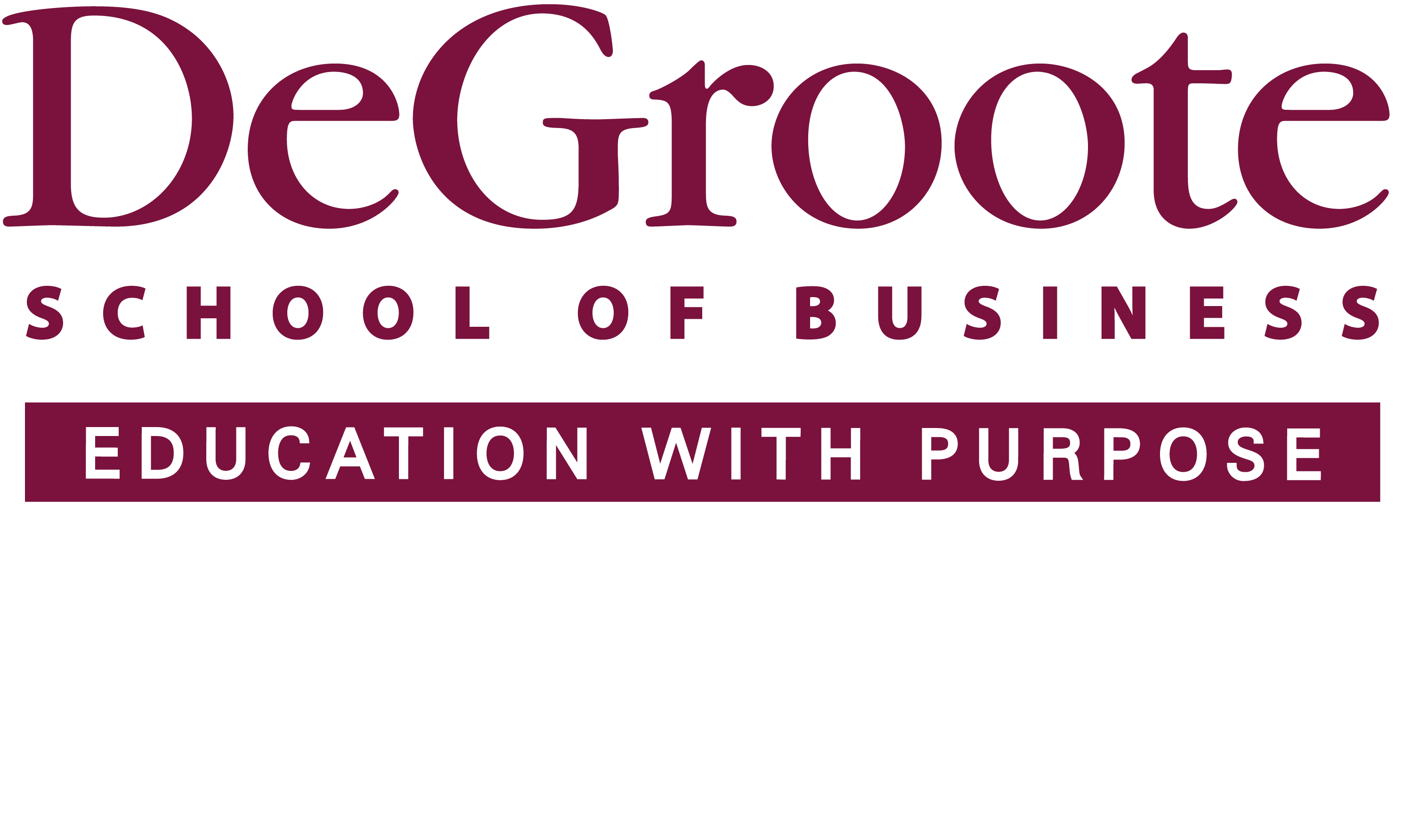Abstract
In a production-based asset pricing model without adjustment costs and with decreasing returns to scale following Brock (1982), stock returns at the firm level are no longer identically equal to investment returns but are determined by profitability, the book-to-market ratio, and the change in future profitability prospects. Although firms with low book-to-market ratios are normally more profitable and profitable firms are predicted to have higher returns, the stylized fact that book-to-market ratios positively forecast returns still holds theoretically, but with specific predicted exceptions. These implications are confirmed empirically.
Valuation Insight
Balvers, Gu, and Huang show that firms which can be classified as value firms in the sense of having high book-to-stock market ratios and high profitability are, indeed, expected to generate high future stock returns. But the reason for the positive performance lies in a high level of systematic risk stemming from the fact that it is risky investment projects generating the high profitability and that it is a large fraction of intangible assets, which have risky returns, that cause book values to be low compared to market values.

